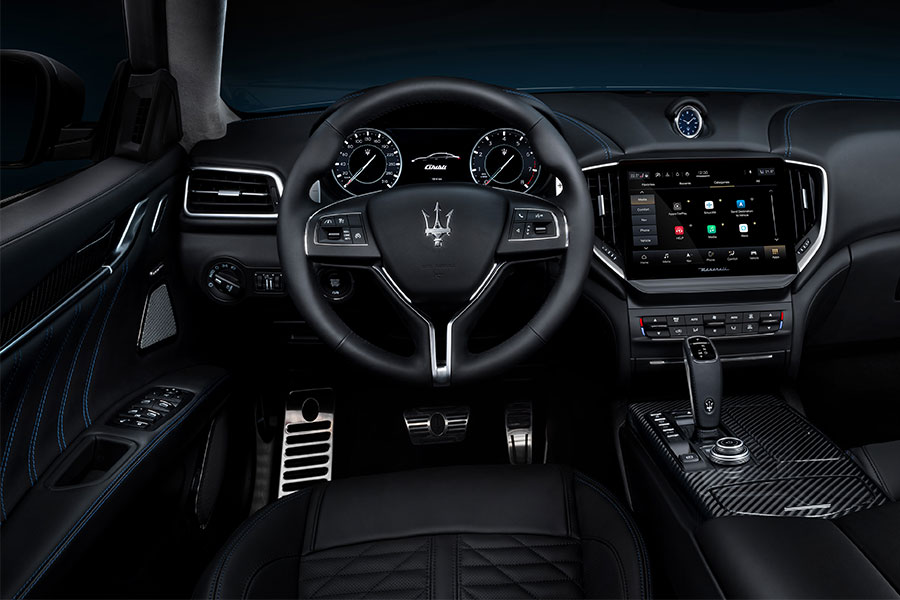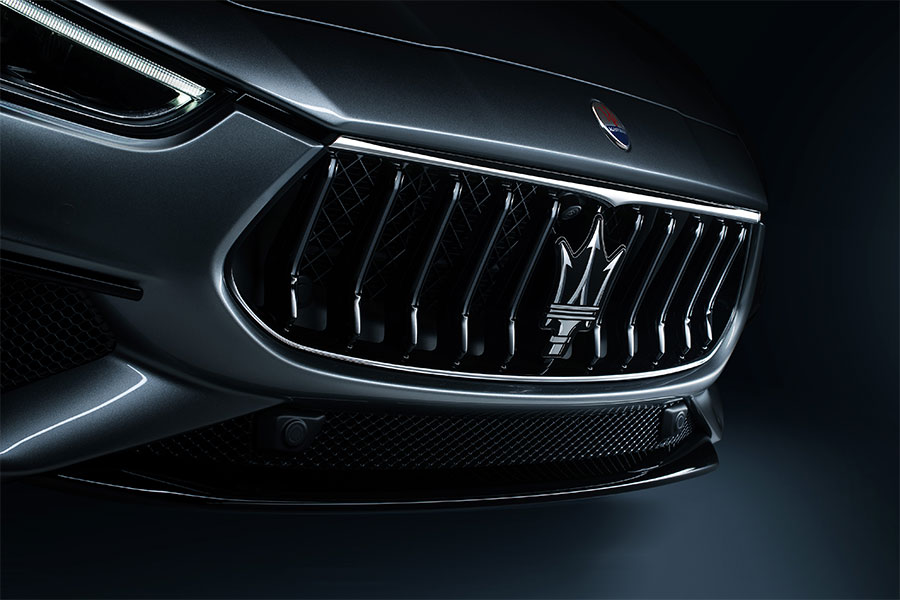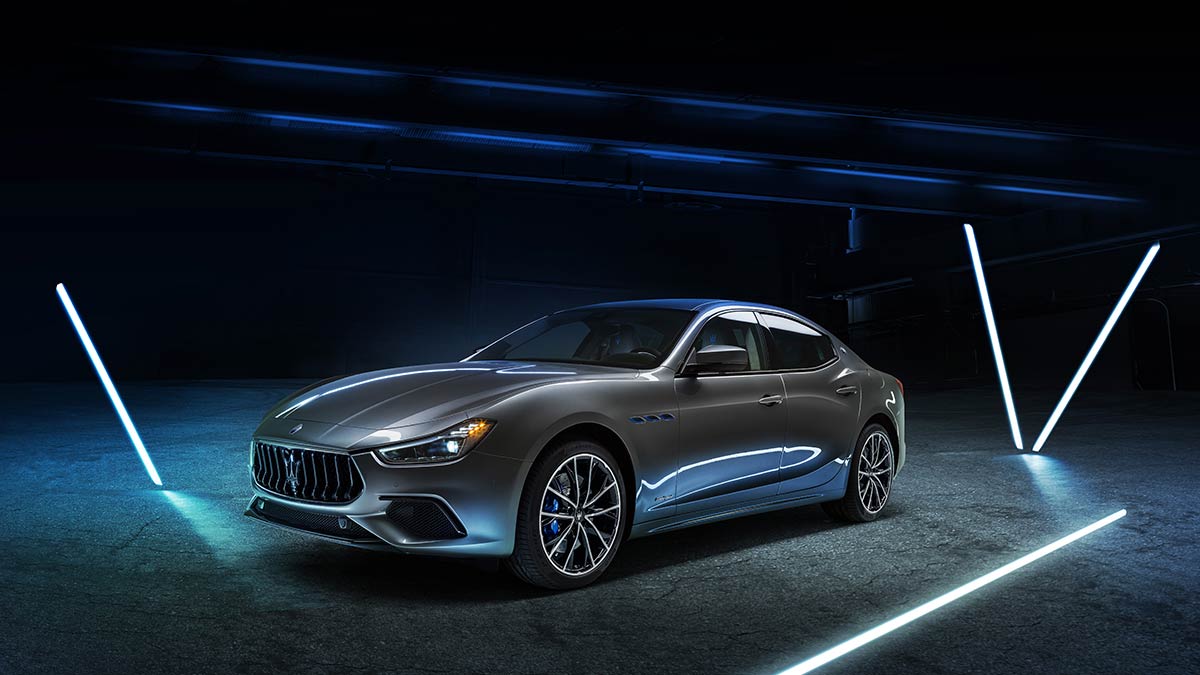Even though the old-school gearhead in me hates to admit it, the time of traditional gasoline-powered cars is slowly but surely coming to an end. The sale of hybrids and electric vehicles has soared over the past decade; so much so that, despite the disruption caused by Covid-19, the market has been able to grow. Therefore, it should come as no surprise that many of the big names in the market are already switching over. Maserati is the latest brand to go green with its first hybrid car, the appropriately named Ghibli Hybrid.

Developed by a team of approximately one hundred people, the Ghibli Hybrid is built around a modified version of the chassis and bodywork of the Ghibli V6. Their goal with the system was to maintain the performance of its larger V6 petrol-engined Ghibli while improving fuel efficiency. They have certainly accomplished that goal. This hybrid powertrain is, however, very much of a mild variety. As a result, it cannot be plugged in nor run on pure electricity alone. Its operation is however quite ingenious.
The vehicle uses a 48-volt hybrid system is paired with a four-cylinder engine derived from Fiat-Chrysler. The system itself consists of four components: a BSG (Belt Starter Generator), battery, eBooster, and DC/DC converter. The BSG does the job of an alternator, recovers energy during braking/deceleration and charges the battery in the boot, which in turn powers the engine’s eBooster. In simple terms – it is a 2.0-litre turbocharged inline-4 petrol engine, boosted by a 48-volt battery and a DC/DC converter to generate 330hp and 450Nm of torque.

Ultimately, however, what matters is not how much power a vehicle has, but how it is delivered to the road, and this is where the Ghibli excels. The eBooster on the car is primarily intended to back up the conventional turbocharger and to sustain the engine’s power at low rpms, where turbochargers generally fall short of power. But it doesn’t stop there; the hybrid system’s operating strategy also ensures that the eBooster will always be available if it is needed, either via battery or BSG. As a result, the sheer immediacy with which the four-pot motor can generate torque, as well as its eagerness even higher in the rev range, makes it difficult, if at all possible, to distinguish it from its regular six-cylinder counterpart.
Moreover, power is delivered to the rear wheels through a beautifully responsive ZF eight-speed auto with two drive modes – Sport and Normal. The modes themselves are pretty standard for a sport sedan, with the Sport Mode holding onto lower gears for longer and tightening the steering response, along with making the engine note a bit more sonorous. In sport mode, the BSG and eBooster provide a boost when the engine is at its maximum rpm. In normal mode the system tones down its response and focuses more on balancing fuel use and performance. The result is a vehicle that can accelerate from a standstill to 100kmph in brisk 5.7 seconds and maintain a top speed of 255kmph, all while saving as much as 25% on fuel.

The benefits of the hybrid system don’t end there. By having a 4-cylinder engine, the Ghibli Hybrid weighs less than its 6-cylinder equivalent and, since the battery is in the back, it even has better weight distribution characteristics. Further complementing this is the Ghibli’s wonderfully tuned suspension, which feels attractively taut and solid with just the right level of firmness. As a result, the Ghibli Hybrid is a sport sedan that offers a supple ride yet never feels disconnected or vague. It also remains perfectly composed when tackling the twisty stuff, digging in and carrying speed through every exit without any fuss or unexpected drama.
While the Hybrid is a relatively new addition, the Ghibli itself hasn’t received an update for a couple of years. Despite this, it still looks fantastic thanks to its smooth shape, elegant proportions, and impactful details. In typical Maserati tradition, it’s an undeniably exotic and timeless design. This is also true for the interior, which, although dominated by a large 10.1-inch central touchscreen, is refreshingly traditional Maserati. The full range of physical buttons and analogue dials is refreshing in the face of full cabin width screens, which are becoming the norm. As is the wonderfully elegant analogue clock sitting proudly atop the dash. And as is expected of a Maserati, everywhere you look in the cabin, you see nothing but high-quality materials and soft, supple leather.

That being said, everything good always comes with some sacrifices. Ghibli Hybrid is no exception. Since it uses the same platform and styling as the regular Ghibli, its backseat space is expectedly a little limiting and, given the cornering capabilities of the car, the front seats could do with some more side bolstering. Lastly, although the Hybrid is not poor sounding in any way, the switch to a 4-cylinder has come at the expense of that traditional V6 soundtrack we have come to know and love. Nonetheless, these minor gripes cannot detract from the fact that this is a wonderfully balanced, sufficiently powerful, and endlessly desirable sport sedan with a soulful design and strong brand appeal.

